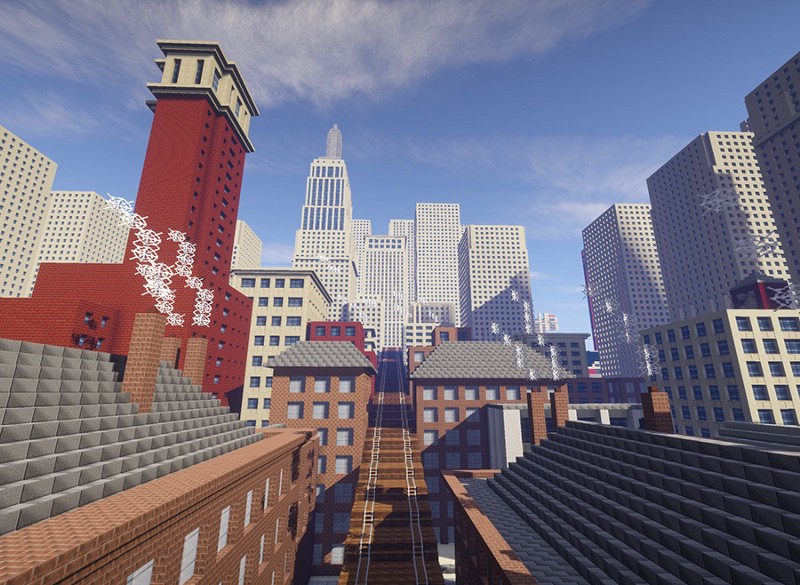

How can art galleries compete with digital culture? The Tate galleries are trying something different–recreating some of their most famous pieces in the blocky world of Minecraft.
“We want to connect the art that Tate has in its collection to people wherever they are in the world,” said Jane Burton, Tate Media’s creative director, who’s overseen many digital projects for the gallery. “[Minecraft] has a huge following with children and young people. It is a fantastically creative and open-ended platform that leaves room for the imagination.”
The Tate Worlds project is the brainchild of Adam Clarke, an artist based in Britain’s Lake District. “Minecraft is so engaging and unintimidating that it seems a perfect medium to introduce and talk about art to a very wide and diverse audience,” he said. With the Tate’s help, Clarke and a team of established Minecraft mapmakers began building a list of pieces that would translate well to the format.
“We created a “‘longlist’ of possibilities, which were then narrowed down using story, narrative, ideas, and content of each artwork,” explained Clarke.
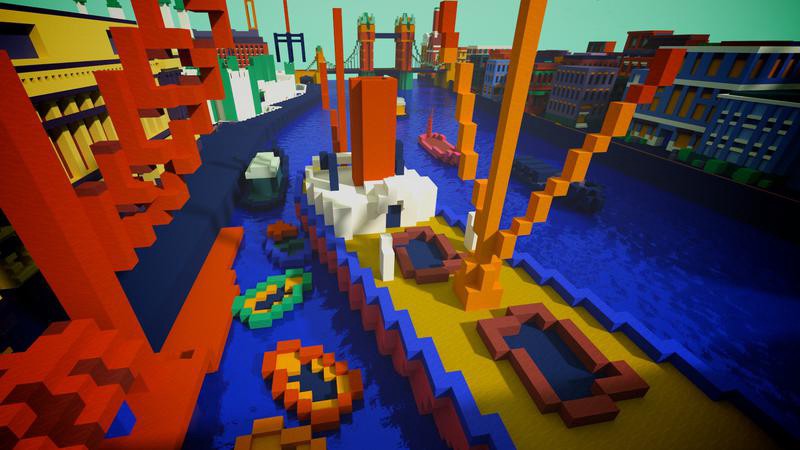
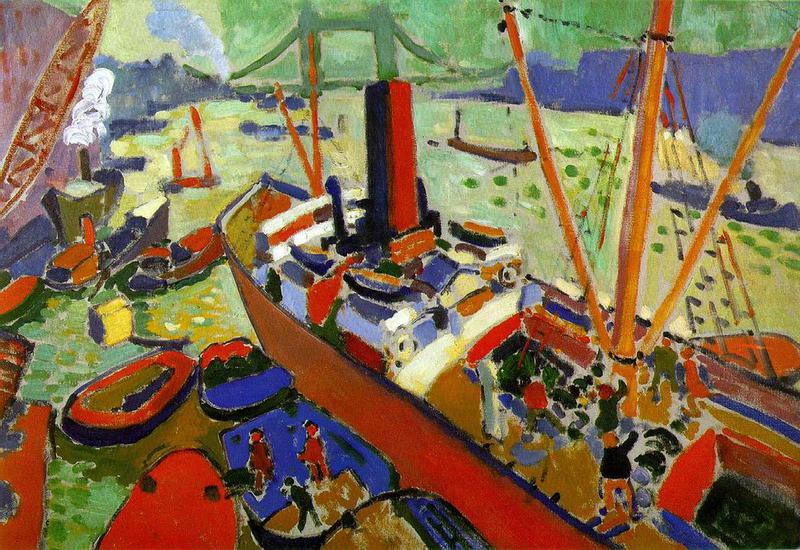
The team considered each painting or sculpture’s resonance with Minecraft when making its selections. For example, a work by Christopher Nevinson was chosen–”Soul of the Soulless City“–as it includes a New York cityscape with tram tracks running between skyscrapers. Burton explained, “That easily converts into the rollercoaster rides popular in Minecraft. [Players] journey through the evolving 1920s boomtown [of] New York, undertaking challenges to help get the city built.”
In another of the artworks, André Derain’s “The Pool of London,” players move through the city helping Derain collect the pigments required to paint the picture. This was one of the most complex maps to create, said Johan Kruger (known to the community as Dragnoz), who worked on it. The toughest task was satisfying all-comers: “Dumb down the map too much and experienced players get bored,” he said. “Try to entertain the experienced players and you confuse the new players.” His solution was to add a difficulty selector, which lets players choose how much of a challenge they want.
Burton said another hurdle involved convincing artists and the estates that represent artists’ copyright to allow their work to be used. “Minecraft is such a new platform and rights-holders are understandably nervous,” she said. “But we managed it.”
Six more paintings are planned for recreation through the project–John Martin’s “The Destruction of Pompei and Herculaneum,” Cornelia Parker’s “Cold Dark Matter: An Exploded View,” Peter Blake’s “The Toy Shop,” John Sargent’s “Carnation, Lily, Lily, Rose,” and two more that have yet to be finalized. All will appear during the course of 2015, but in the meantime you can experience the Minecraft versions of “The Pool of London” and “Soul of the Soulless City” now. Just download them from the Tate’s website and follow the installation instructions. All you’ll need is a Minecraft account.
“What I want these maps to do is create a curiosity about the art and its history, the artist, and perhaps how they were made,” said Clarke. “Minecraft isn’t Minecraft without creativity. You can’t play Minecraft without creating stuff. So, it seemed conceivable, and natural, to create great works of art in Minecraft.”
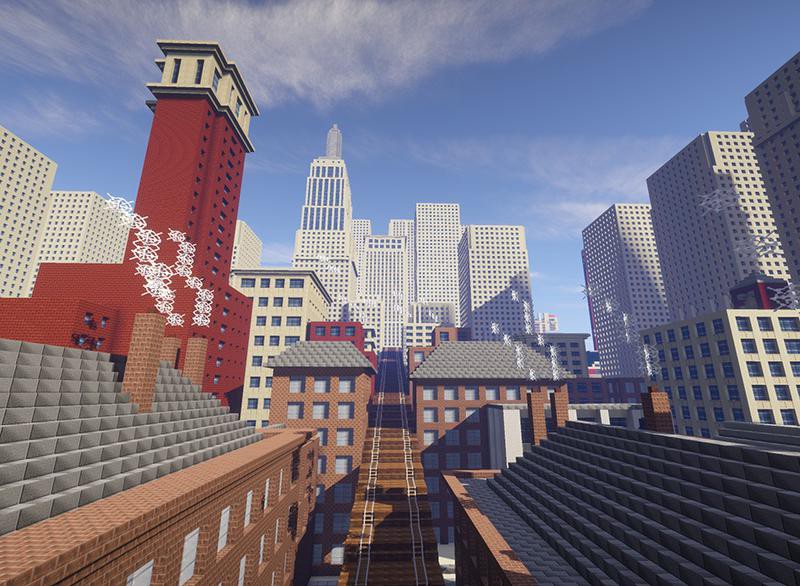
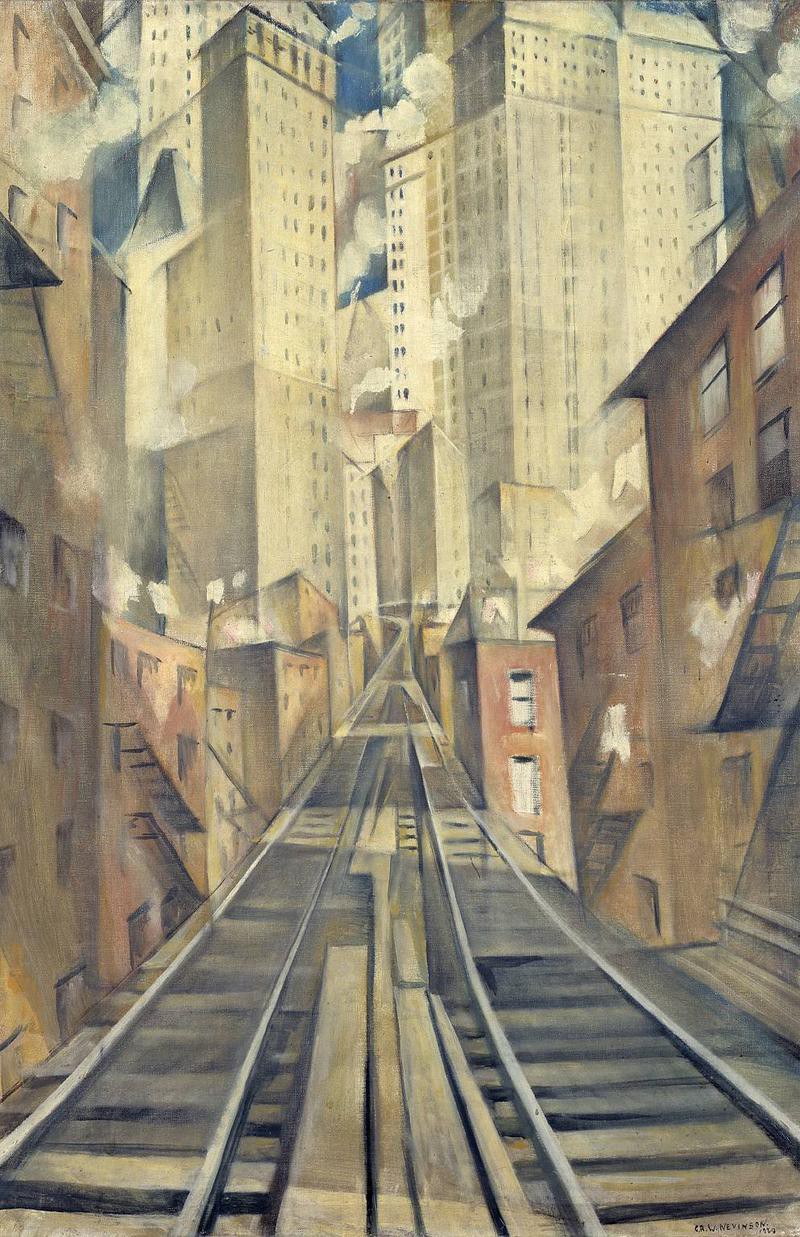


How We Get To Next was a magazine that explored the future of science, technology, and culture from 2014 to 2019. This article is part of our The Power of Play section, which looks at how fun and leisure can change the world. Click the logo to read more.
